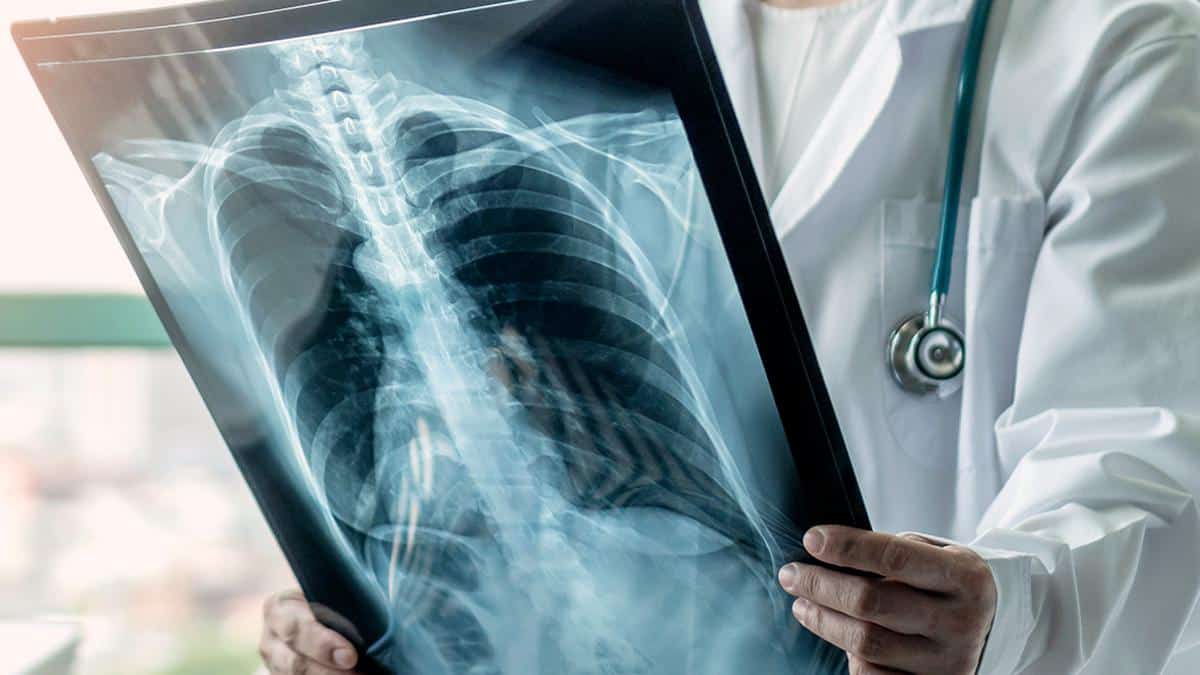What’s in today’s article?
- Why in News?
- What is Cancer?
- What is the Incidence of Cancer and Mortality in India Currently?
- Why are Some Cancers on the Decline and Others Continue to Rise?
- Have there been Improvements in Cancer Treatments?
- What must be Done to Bring Down Overall Mortality like in the US?
- ICMR Project to Accelerate Cancer Screening at District Level
Why in News?
- With only a few districts across India being able to effectively implement cancer screening measures in accordance with Health Ministry norms, the ICMR is gearing up to bring in remedial measures.
- The Indian Council of Medical Research (ICMR) has invited Expressions of Interest on the implementation of research to accelerate cancer screening, early diagnosis, and treatment.
What is Cancer?
- Cancer is a disease in which some of the body’s cells grow uncontrollably and spread to other parts of the body.
- Cancer can start almost anywhere in the human body, which is made up of trillions of cells.
- Normally, human cells grow and multiply through a process called cell division, to form new cells as the body needs them.
- When cells grow old or become damaged, they die, and new cells take their place. Sometimes this orderly process breaks down, and abnormal or damaged cells grow and multiply when they shouldn’t.
- These cells may form tumors, which are lumps of tissue and can be cancerous or not cancerous.
What is the Incidence of Cancer and Mortality in India Currently?
- Cancer poses a significant and pressing public health challenge in India, which currently ranks third in cancer incidence after China and the United States.
- According to Global Cancer Observatory projections, India is expected to witness a substantial 57.5% increase in cancer cases between 2020 and 2040.
Why are Some Cancers on the Decline and Others Continue to Rise?
- In India, the incidence of cervical cancer has decreased from 45 to 10 per 100,000 people in the last 50 years, while the prevalence of breast cancer is rising, particularly in urban areas, for example, 45 per 100,000 in Hyderabad.
- Late marriages, fewer children, improved hygiene and human papillomavirus vaccine (HPV) are all contributing to the decline of cervical cancer.
- Late marriages, having the first child at a later age, not breastfeeding, and a high protein diet resulted in the rise of breast cancer.
- Breast cancer, unlike cervical cancer, has no specific intervention other than screening because the exact cause is unknown.
- Tobacco-related – oral, esophageal – cancer rates are also decreasing, owing largely to tobacco laws that have reduced smoking in public places.
- Lung cancer, which is caused by pollution as well as smoking, continues to be a source of concern.
- In Arunachal Pradesh, for example, lung cancer rates are high because people light fires indoors during the winter.
- Lung cancer has a low survival rate and is typically diagnosed in its late stages.
Have there been Improvements in Cancer Treatments?
- This can be elucidated bythe cure rate for various cancers. For example,
- In the last 50 years, the cure rate for pancreatic cancer has doubled from 3% to 6%.
- It has risen from 60% to 100% for prostate cancer.
- Breast cancer survival rates have increased from 50% to 90% thanks to newer treatments.
- However, India’s infrastructure for the seven pillars of cancer care – prevention, surgery, chemotherapy, radiotherapy, imaging, laboratory diagnostics, and palliation, is deficient.
- In developing countries, for example, as per WHO there should be one radiotherapy machine for every million people.
- So, for 1.4 billion people in India, 1,400 machines are needed, but we only have 700.
What must be Done to Bring Down Overall Mortality like in the US?
- Screening must be the first intervention. This has already begun with the government’s upgraded health and wellness centres for the three most common types of cancer – breast, cervical, and oral (34% of cancers in India).
- Screening should lead to hospital treatment, which should be accessible and affordable.
- The current one cancer care facility for every 5-crore people in India must be increased.
- The need is to ensure that people are diagnosed early and treated promptly.
- There is a need to coordinate existing efforts because the government has several programs that operate independently and in silos.
ICMR Project to Accelerate Cancer Screening at District Level:
- This will be a four-year project, including six months for preparatory activities and another six months for analysis and interpretation.
- It will also include formative, implementation, and evaluation phases.
- The Council is looking at improving the coverage and quality of cancer screening through the existing healthcare system using accepted and validated methods.
- It plans to engage non-specialist physicians and other health care workers within a supportive healthcare system for the screening of cancer as well as precancerous conditions.
- The Council also wants to ensure that all those who test positive are linked to facilities for early diagnosis and treatment.
- The involvement of local communities is key to encourage the target population to undergo screening for early diagnosis and treatment.
- For example, research has indicated that the frontline health workers, such as Accredited Social Health Activists (ASHAs) can promote and conduct home-based cancer screening.
- Home screening has resulted in higher compliance rates because it offers the privacy and convenience necessary to participate actively in the screening process.
Q.1) What is the Indian Council of Medical Research (ICMR)?
The ICMR is the apex body in India for the formulation, coordination and promotion of biomedical research. It is one of the oldest and largest medical research bodies in the world and is funded by the Department of Health Research, Ministry of Health and Family Welfare.
Q.2) What is the National Programme for Prevention and Control of Cancer, Diabetes, Cardiovascular Diseases and Stroke (NPCDCS)?
In order to prevent and control major NCDs, the NPCDCS was launched in 2010 with focus on strengthening infrastructure, human resource development, health promotion, early diagnosis, management and referral.
Source: ICMR project to accelerate cancer screening at district level
Last updated on June, 2025
→ UPSC Notification 2025 was released on 22nd January 2025.
→ UPSC Prelims Result 2025 is out now for the CSE held on 25 May 2025.
→ UPSC Prelims Question Paper 2025 and Unofficial Prelims Answer Key 2025 are available now.
→ UPSC Calendar 2026 is released on 15th May, 2025.
→ The UPSC Vacancy 2025 were released 1129, out of which 979 were for UPSC CSE and remaining 150 are for UPSC IFoS.
→ UPSC Mains 2025 will be conducted on 22nd August 2025.
→ UPSC Prelims 2026 will be conducted on 24th May, 2026 & UPSC Mains 2026 will be conducted on 21st August 2026.
→ The UPSC Selection Process is of 3 stages-Prelims, Mains and Interview.
→ UPSC Result 2024 is released with latest UPSC Marksheet 2024. Check Now!
→ UPSC Toppers List 2024 is released now. Shakti Dubey is UPSC AIR 1 2024 Topper.
→ Also check Best IAS Coaching in Delhi
























